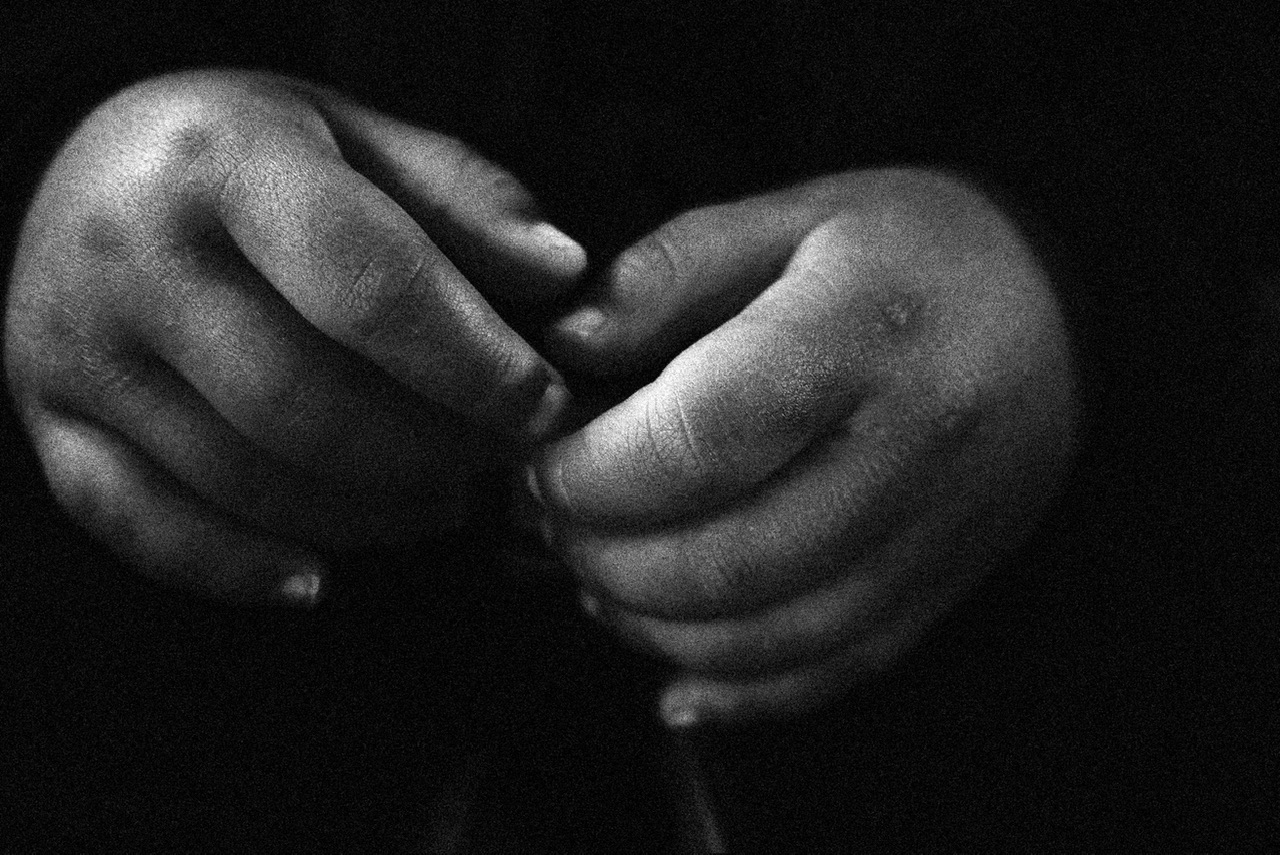Joseph Swetman— “misogynosâ€â€”
The critics of Joseph Swetnam and his misogynistic views were numerous, and their responses were part of a larger literary and cultural controversy in early 17th-century England. Swetnam, who published his tract “The Arraignment of Lewde, idle, froward, and unconstant women” in 1615, faced backlash from several writers, most notably from women who took up the pen to defend their gender.
Among these critics were:
- Rachel Speght: A poet and essayist, Speght is considered one of the first women to identify herself as a feminist writer in English literature. In response to Swetnam, she wrote “A Muzzle for Melastomus” (1617), which was a pointed and scholarly rebuttal. Speght’s work stands out for its intellectual rigor and use of theological arguments to counter Swetnam’s assertions.
- Esther Sowernam: Believed to be a pseudonym, Esther Sowernam wrote “Ester hath hang’d Haman” (1617), which directly challenged Swetnam’s views. Sowernam’s work is notable for its spirited defense of women and its argument against the cultural norms that allowed such misogyny.
- Constantia Munda: Another pseudonymous writer, Munda authored “The Worming of a mad Dogge” (1617), which also served as a counter-argument to Swetnam’s tract. Munda’s work used satire and wit to undermine Swetnam’s positions.
These responses were part of a broader trend in early modern England, where women writers increasingly engaged in public discourse, often through pseudonyms or anonymity due to the societal constraints of the time. The Swetnam controversy highlights an early instance of gender debate in English literature and the active role women played in challenging misogynistic narratives.
17th century concept … only 300 years ago?
Misos — hatred, gyne— woman?
Misogyny is hatred towards women.
The first known use of the word “misogyny” in English dates back to the middle of the 17th century, around 1656. However, the concept of misogyny, defined as hatred towards women, predates the term itself and can be traced back to ancient times, with figures like Aristotle expressing views that could be considered misogynistic oai_citation:1,https://en.wikipedia.org/wiki/Misogyny.
A significant moment in the history of the word “misogyny” in English literature is linked to Joseph Swetnam, who wrote a tract in 1615 titled “The Arraignment of Lewde, idle, froward, and unconstant women: Or, the vanitie of them, choose you whether.” This work, which was a vehement attack on women, played a key role in introducing the concept of misogyny into English discourse oai_citation:2,In A Word: The True History of “Misogyny†– On the Issues.
Furthermore, during the Swetnam controversy, which arose as a response to his tract, opponents of Swetnam began to refer to him and his followers as “Misogynos.” This usage predates the Oxford English Dictionary’s citation of the first use of “misogyny” in English, indicating the term’s presence in the language even earlier than previously thought oai_citation:3,Where does the word misogyny come from? – The F-Word.
Thus, while the term “misogyny” was formally recorded in the 17th century, its roots and the attitudes it describes were part of human society much earlier, and the Swetnam controversy in the early 17th century played a pivotal role in bringing this concept into the English language.
The etymology of the word “misogyny” reveals its historical and linguistic roots, reflecting attitudes towards women throughout history. The term is derived from the Greek words “misos,” meaning “hatred,” and “gynÄ“,” meaning “woman.” It first appeared in English in the 17th century, but the concept it describes likely predates the word itself.
In ancient Greek society, where the word originated, women often held a lower social status, and their roles were primarily confined to the domestic sphere. Philosophers like Aristotle perpetuated views that women were inferior to men intellectually and morally. This perspective influenced Western thought for centuries.
Throughout history, the subjugation and devaluation of women have been entrenched in many cultures, often justified by religious, cultural, or pseudo-scientific reasons. This misogyny is not just a relic of the past but continues in various forms in modern societies, manifesting in gender discrimination, violence against women, and the perpetuation of harmful stereotypes.
It’s interesting to note that the recognition and naming of such a concept as “misogyny” also signify an awareness and critical stance against it. As societies evolve, so do the conversations around gender equality, challenging age-old prejudices and striving for a more equitable world. The history of this term is a reminder of the ongoing journey towards understanding and addressing deeply ingrained biases.








































































































































